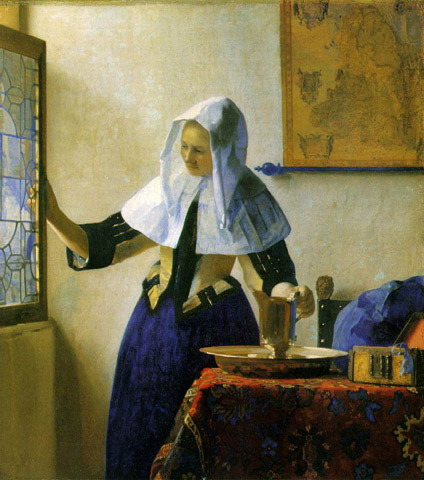The origins of Knitting are hard to trace simply because fibers are biodegradable, however there are several theories. Some assume knitting began in Persia and others believe it started in Israel, Jordan and Syria. While others are convinced knitting started in the mountains of North Africa, Japan or China. Another theory is knitting grew out of the knitting of fishnets.
Women choose to pick up knitting needles for different reasons. Some women long to create while others want to make visual expressions of love for the people they care about.
Knitting can also have a spiritual quality that allows women to feel more in tune with their spiritual self.
Something comforting and magical happens for some women when they knit because knitting is about the hands creating something visual, which gives the brain a brake. This break can assist in solving a problem that is being experienced in another area of life. Knitting can allow the subconscious to be tapped in a way that is normally unavailable to us in our busy lives and knitting can be done almost anywhere and any time, it is socially accepted without appearing to be rude.
Today yarn is created from so many rich and lavish colors, natural and synthetic fibers that permit knitting needles and the hands to create beautiful lively colored sweaters, throws, scarves, hats, etc.
Why not take a break from your busy life by picking up a pair of knitting needles and some yarn to create something rich in color that is soft and silky to make you feel good?
To see the Cha Cha Scarf Knitting Kit click on image:













